Kanchenjunga Trekking
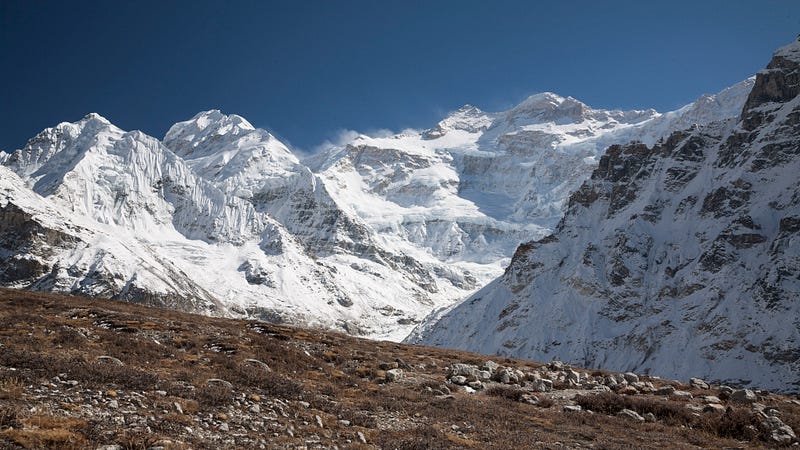
Kanchenjunga Trekking offers an extraordinary journey to both the north and south base camps of Kanchenjunga, the third highest mountain in the world at 8,586 meters. This trek is ideal for those with a good level of fitness and some prior experience of Trekking in Nepal due to its remote and challenging nature. Despite its seclusion, the trek provides a deep insight into the local culture, allowing visits to the Ramtang and Oktang Monasteries. The landscape is diverse and stunning, featuring rivers, waterfalls, green meadows and forests of rhododendron flower (red is Nepalese flower), birch, and pine. Trekkers also witness the magnificent Yalung Glacier and are constantly surrounded by majestic mountains. Kanchenjunga is situated on the far eastern side of Nepal, near the border with Sikkim, a small Himalayan state in northeastern India. Interestingly, until the mid-1800s, Kanchenjunga was believed to be the highest peak in the world.
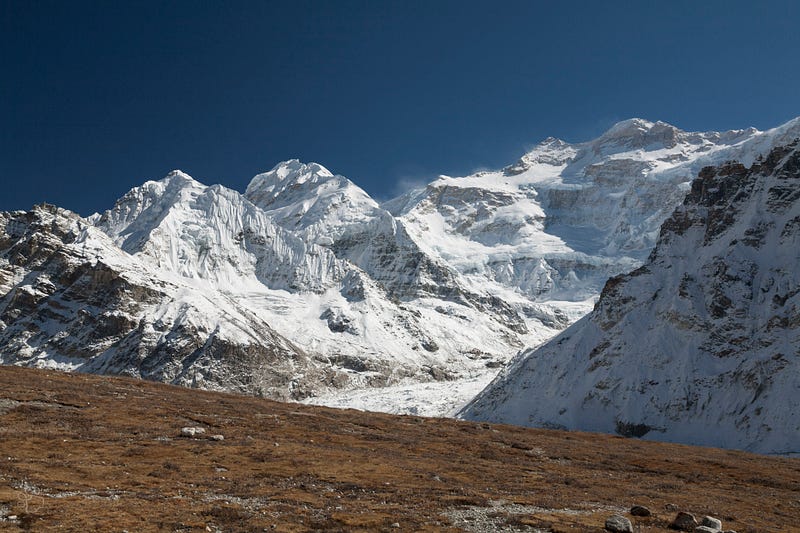
The region remained closed to trekkers until the mid-1980s and is now protected by the Kanchenjunga Conservation Area, necessitating a special trekking permit to visit. This protection has helped maintain the area’s pristine flora and fauna. The area boasts numerous peaks over 6,000 meters and five major glacial systems. The Zumu, Talung, and Rathong glaciers flow into Sikkim, while the Kanchenjunga and Yalung glaciers flow west into Nepal’s Tamor River. Trekking in this region offers an unparalleled experience, immersing adventurers in the remote, less-traveled Himalayan mountains and valleys. There is a push to promote tourism in this and other remote areas, leading to more teahouses along the route. While this development benefits local communities, now is an excellent time to visit Kanchenjunga before it becomes more widely discovered by trekkers.
Kanchenjunga trekking is a popular and challenging adventure in Nepal, offering breathtaking views of the world’s third-highest peak and second highest in Nepal, Mount Kanchenjunga (8,586 meters). This trek is renowned for its pristine natural beauty, remote landscapes, and rich cultural experiences.
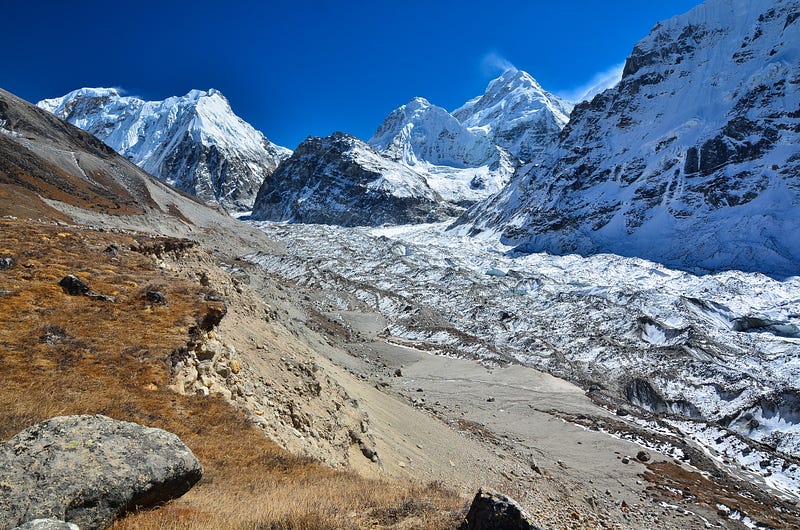
KEY HIGHLIGHTS:-
- Remote Wilderness:- The Kanchenjunga region is less crowded compared to other trekking regions in Nepal, providing a more secluded and peaceful trekking experience.
- Cultural Experience:- Trekkers can experience the unique cultures of the local ethnic groups such as the Limbu, Rai, and Sherpa communities.
- Diverse Landscapes:- The trek traverses a variety of landscapes, from lush tropical forests to high alpine meadows, glaciers, and the rugged terrain of the high Himalayas.
- Flora and Fauna:- The region is rich in biodiversity, with the Kanchenjunga Conservation Area housing rare species such as the snow leopard, red panda, Himalayan black bear, and various bird species.
TREKKING ROUTES:-
There are several routes to choose from, but the most common ones are:
- Kanchenjunga North Base Camp Trek:- This route takes trekkers to the Pangpema Base Camp, offering stunning views of the northern face of Kanchenjunga.
- Kanchenjunga South Base Camp Trek:- This route leads to the Yalung Base Camp, providing spectacular views of the southern face of the mountain.
- Kanchenjunga Trekking:- Combining both the north and south base camps, this is a comprehensive and longer trek that covers a wide range of the Kanchenjunga region.
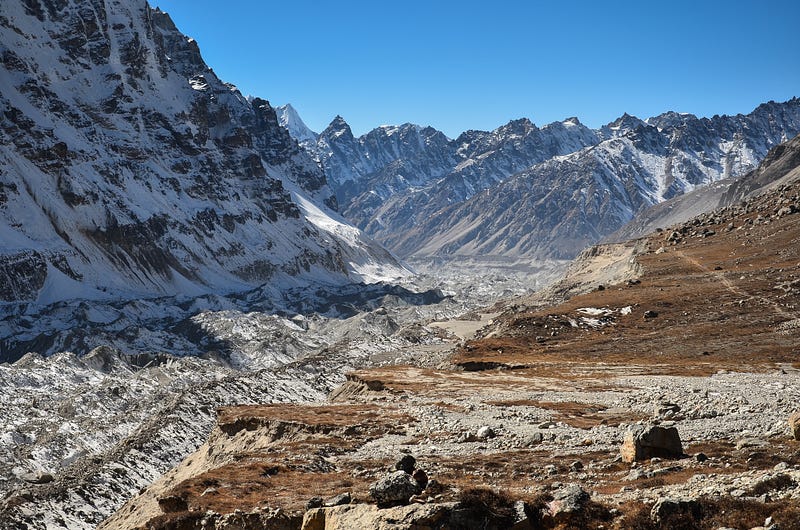
DURATION:-
- North Base Camp Trek: Typically 15 days
- South Base Camp Trek: Around 15 days
- Circuit Trek: Approximately 18 days
BEST TIME TO TREK:-
- Spring (March to May):- The weather is generally stable, with blooming rhododendrons enhancing the scenery.
- Autumn (September to November):- Clear skies and moderate temperatures make this the most popular season for trekking.
DIFFICULTY:-
Kanchenjunga trekking is considered strenuous and is recommended for experienced trekkers. It involves long days of walking, high altitudes, and remote terrain, requiring good physical fitness and proper acclimatization.
PERMITS:-
- Kanchenjunga Restricted Area Permit:- Required for the restricted areas.
- Kanchenjunga Conservation Area Permit (KCAP):- Necessary for entry into the conservation area.
- TIMS (Trekkers’ Information Management System) Card:- Required for Nepal Trekking.
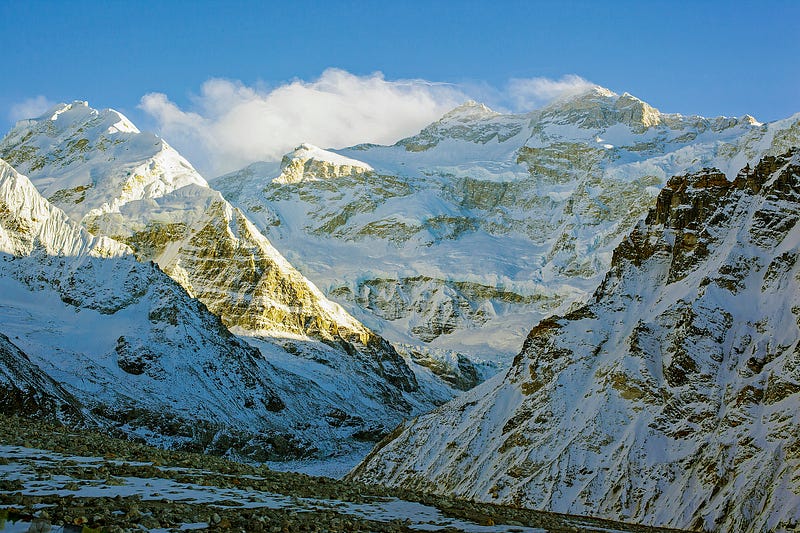
PREPARATION TIPS:-
- Training:- Engage in cardio, strength training, and practice hikes to prepare for the strenuous trek.
- Gear:- Ensure you have high-quality trekking gear including boots, a sleeping bag, a down jacket, and a first-aid kit.
- Guide and Porter:- Hiring a local guide and porter is highly recommended through government register trekking company for navigation and carrying loads, allowing you to focus on the trek.
Embarking on the Kanchenjunga trek is a rewarding adventure, offering unmatched natural beauty and cultural richness. Proper preparation and respect for the local environment and communities will enhance the experience.
=============================
Trekking start from:- Kathmandu
Trekking End in:- Kathmandu
Accommodation:- Hotel / Guest House / Lodge
===================================
Please visit below for your choice and contact us from all around the world any time without any hesitation. Following itinerary stay in hotel/Lodge and 4 to 8 hours walk including rest on the way. Visit below https://www.trekshimalaya.com and write email guidenepal@gmail.com by genuine person for your trip also contact via WhatsApp 009779841433205 for your trip booking.
===================================
15 Days Kanchenjunga trekking itinerary
https://www.trekshimalaya.com/kanchenjunga-trekking.php
===================================
Day 01:- Kathmandu to Bhadrapur (91m.) flight & drive to Phidim (1756m.).
Day 02:- Phidim to Sekathum (1650m.) drive.
Day 03:- Sekathum to Amjilesa (2498m.) walk.
Day 04:- Amjilesa to Gyapla (2725m.) walk.
Day 05:- Gyapla to Ghunsa (3415m.) walk.
Day 06:- Acclimatization day in Ghunsa.
Day 07:- Ghunsa to Khambachen (4145m.) walk.
Day 08:- Khambachen to Lhonak (4792m.) walk.
Day 09:- Lhonak to Pangpema (5140m.) and back to Lhonak walk.
Day 10:- Lhonak to Ghunsa (3415m.) walk.
Day 11:- Ghunsa to Thangyam (2498m.) walk.
Day 12:- Thangyam to Sekathum (1650m.) walk.
Day 13:- Sekathum to Phidim (1756m.) by drive.
Day 14:- Phidim to Bhadrapur (91m.) drive.
Day 15:- Bhadrapur to Kathmandu (1400m.) flight.
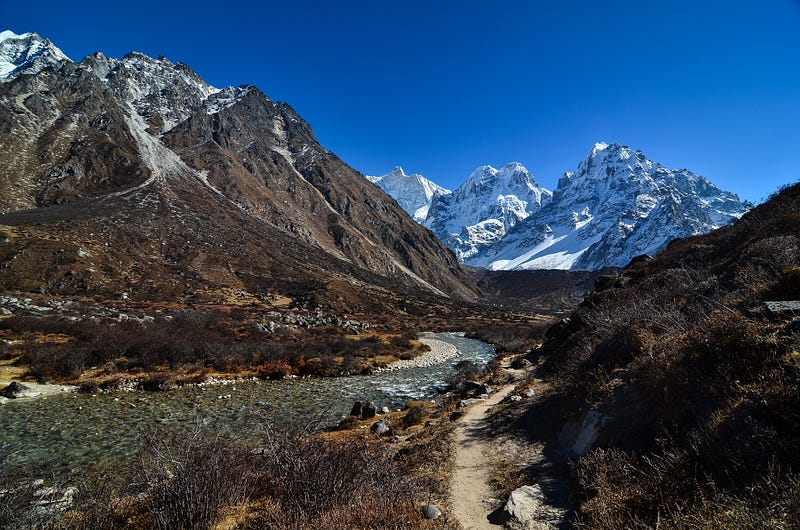
We have next spectacular few different days Annapurna Base Camp Trek is also call Annapurna Sanctuary Trek in Nepal option where you can see view 360 degree angle with sunrise and sunset given below:-
14 days Annapurna Base Camp Trekking
https://www.trekshimalaya.com/annapurna-base-camp-trekking.php
12 Days Annapurna Base Camp Trek
https://www.trekshimalaya.com/annapurna-base-camp-trek-twelve-days.php
11 Days Annapurna Base Camp Trek
https://www.trekshimalaya.com/annapurna-base-camp-trek-eleven-days.php
10 Days Annapurna Base Camp Trek
https://www.trekshimalaya.com/annapurna-base-camp-trek-ten-days.php
9 Days Annapurna Base Camp Trek
https://www.trekshimalaya.com/annapurna-base-camp-trek-nine-days.php
8 Days Annapurna Base Camp Trek
https://www.trekshimalaya.com/annapurna-base-camp-trek-eight-days.php
7 Days Annapurna Base Camp Trek
https://www.trekshimalaya.com/annapurna-base-camp-trek-seven-days.php
14 Days Annapurna Base Camp Trek is you can see details in there and less then 14 days missing some part but it depend of your time in Nepal.
Comments